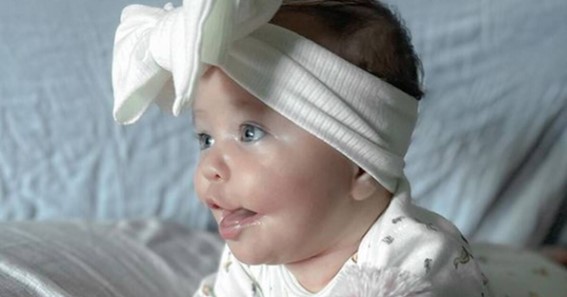Are you curious to know what is bilateral macrostomia? You have come to the right place as I am going to tell you everything about bilateral macrostomia in a very simple explanation. Without further discussion let’s begin to know what is bilateral macrostomia?
What Is Bilateral Macrostomia?
Bilateral macrostomia is a rare congenital facial anomaly characterized by an abnormally wide mouth. The condition is present at birth and is caused by a failure of the embryonic structures responsible for the formation of the upper and lower lips to fuse properly. As a result, the mouth appears unnaturally wide, extending beyond the corners of the eyes.
Bilateral macrostomia occurs in approximately 1 in 80,000 births and is more commonly seen in males than females. The condition is often associated with other craniofacial abnormalities, such as cleft lip and palate, and may also be accompanied by hearing loss or developmental delays.
The diagnosis of bilateral macrostomia is usually made during a routine physical examination after birth. In addition to the obvious physical characteristics of the condition, an infant with bilateral macrostomia may also have difficulty feeding or breathing properly, as the abnormally wide mouth can interfere with the normal functioning of the lips, tongue, and throat.
Treatment for bilateral macrostomia typically involves surgery to correct the abnormality. The procedure, which is typically performed when the child is between 6 and 12 months old, involves the careful repositioning and suturing of the lip tissue to create a more natural-looking mouth. In some cases, additional surgeries may be necessary to correct other associated craniofacial abnormalities.
While the physical characteristics of bilateral macrostomia can be distressing for parents and caregivers, most children with the condition go on to lead happy, healthy lives with minimal long-term effects. However, early diagnosis and prompt treatment are crucial for ensuring the best possible outcomes, both in terms of physical appearance and overall health.
In conclusion, bilateral macrostomia is a rare congenital anomaly that can have significant physical and functional implications for affected infants. However, with early diagnosis and appropriate medical care, most children with the condition are able to overcome its challenges and thrive.
To know more about such interesting things explore queryplex
FAQ
What Does Bilateral Macrostomia Mean?
Case Presentation. We report a case of bilateral macrostomia (bilateral lip cleft) in a female newborn as a sole entity without other skeletal and facial deformities. The cleft was repaired by a simple linear triangular flap using extra-oral landmarks to locate lip commissures.
How Do You Get Bilateral Macrostomia?
The bilateral macrostomia occurring as a sole entity is indeed rare [1]. Macrostomia occurs due to the failure of the fusion of the embryonic mandibular and maxillary processes of the first branchial arch to form the oral commissure [3].
What Are The Complications Of Bilateral Macrostomia?
Problems associated with macrostomia include aesthetic disharmony and functional problems like feeding difficulties, drooling, speech incoherence, and difficulty in blowing. The goal of surgical correction of these clefts includes good aesthetics and better function of orbicularis oris muscle.
Can Macrostomia Be Corrected?
Surgical techniques for the correction of macrostomia should address skin, muscle, and mucosa. There should be a natural blending of the mucosa with the skin at the commissure. For commissures, triangular mucosal flaps or triangular skin flaps are used. For skin closure, straight line or Z- or W-plasty [9, 10] is used.
I Have Covered All The Following Queries And Topics In The Above Article
What Is Bilateral Macrostomia.
What Is A Bilateral Macrostomia
Bilateral Macrostomia What Is It
Bilateral Macrostomia Treatment
Bilateral Macrostomia Cause
Bilateral Macrostomia Surgery
Bilateral Microstomia
Ablepharon Macrostomia Syndrome
What Is Bilateral Macrostomia
What causes bilateral macrostomia
